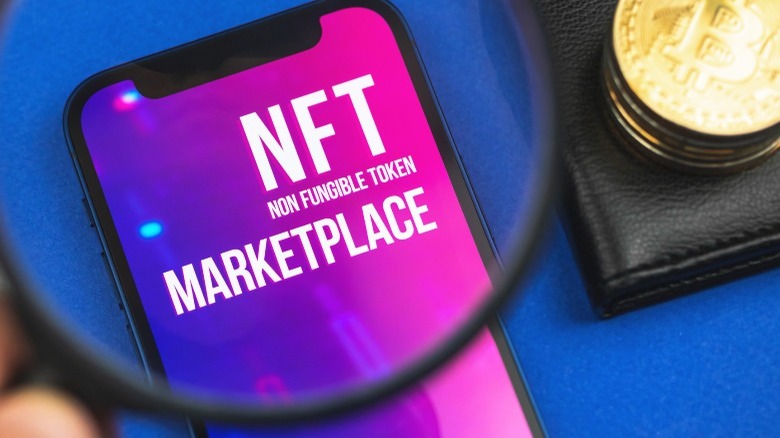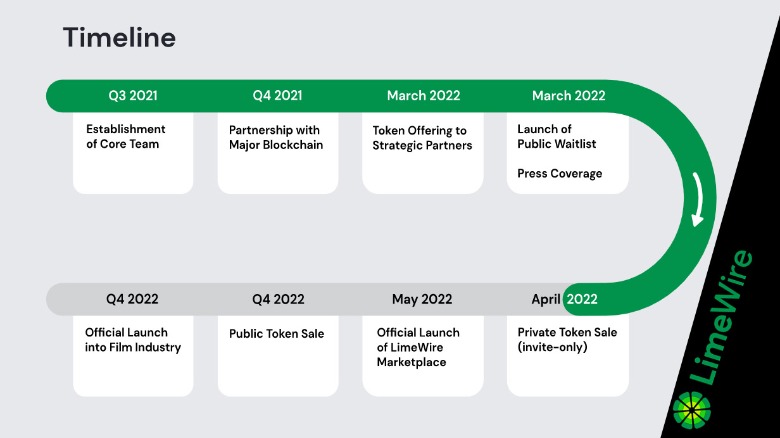LimeWire Is Back, But Not As You Knew It
If you're around a certain age, you probably remember LimeWire, although most of us wouldn't admit to having used it. The peer-to-peer client peaked in popularity in the early 2000s, allowing millions of people to download games, movies, music, and images, all for free — illegally, of course, and alongside a huge heap of malicious or otherwise less-than-welcome files in the process. LimeWire disappeared from the limelight the same way many similar programs have, but it's making a return as a whole new platform with a very unexpected purpose.
The early 2000s saw the advent of peer-to-peer (P2P) programs and file sharing. Some of us may remember the iconic "you wouldn't download a car" commercial that played prior to movies and shows found on DVD or in the cinema. That was the response of the outraged music and movie industry that lost millions of dollars due to illegal file sharing. As a result, P2P programs have had a quite bad rep, and with good reason, too.
In many countries, downloading and/or uploading pirated content was (and still is) against the law. That alone should have acted as a deterrent, but for the millions of people that used LimeWire, Kazaa, eMule, and other such programs, it wasn't — mainly because it was difficult to detect and wasn't really pursued unless it was being done in massive quantities. Downloading files instead of paying the creator for said content almost created a movement of sorts, with people boycotting expensive DVDs and music albums in favor of P2P downloads. It's exactly this type of mindset that makes LimeWire's current switch so peculiar.
LimeWire has had a long journey
As people became more aware of the dangers of P2P programs, both legal and practical (they were riddled with viruses and malware), these programs slowly died out, LimeWire included. With subscription-based services such as Netflix growing in popularity, many people had no need to resort to piracy anymore. As such, LimeWire disappeared, and most of us wouldn't have expected it to be resurrected — but it was, as an NFT marketplace.
For the uninitiated, non-fungible tokens (NFTs) are digital assets that can be traded over the internet. At this time, this involves mostly images, but some NFTs are made up of videos, music, and even mini-games. Owning an NFT grants you a digital certificate of ownership that means you are the sole owner of this piece of data – though even this simple definition is evolving all the time. You can own an NFT, but not own the rights to the artwork – depending on how the token is listed, coded, and appreciated by any future legal system, would that they were to get involved. In any case, the proof of ownership lives on the blockchain, and NFTs are paid for in cryptocurrency.
Becoming an NFT marketplace marks a very strange transition for LimeWire. Previously a program made for downloading copyrighted content for free, it will now sell content while assigning proof of ownership to the person who pays for it. How exactly is it going to work?
Can LimeWire succeed?
An NFT marketplace is nothing new at this point — platforms such as OpenSea are already in place and selling NFTs en masse to willing buyers. However, all of this relies on having some basic knowledge of cryptocurrency, as well as a crypto wallet in order to make a purchase. LimeWire seems to be taking a slightly different approach to NFTs and appears to be trying to make NFTs more newbie-friendly.
The company is relaunching as a "digital collectibles marketplace for art and entertainment" with an initial focus on music. Its future users will be allowed to create, buy, and trade NFTs with ease. Right now, there is a waitlist to sign up, and the platform is yet to be launched. Alongside the LimeWire platform, a new $LWMR cryptocurrency token will be launched, and LimeWire promises to give out 10,000 exclusive NFTs to random early backers.
The new project is supposed to remove some of the crypto-related technicalities and open up NFTs to a new group of buyers, starting with direct payments in USD for NFTs in a quick and easy way. LimeWire hopes to build up one million users within the first year, but there is no telling how realistic that might be. If it manages to score some big-name partnerships early on, it could be possible, but it's entering a saturated market, riding on its previous infamy in hopes of having it carry the new LimeWire to success.



